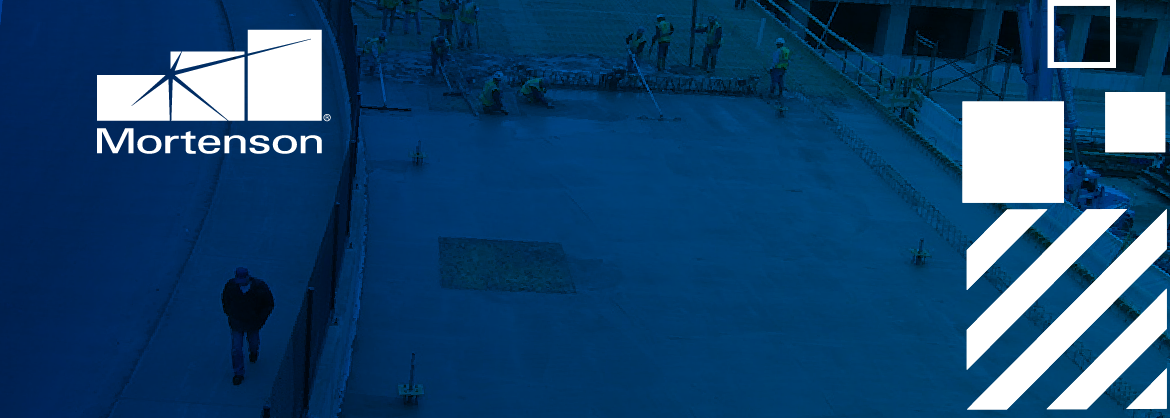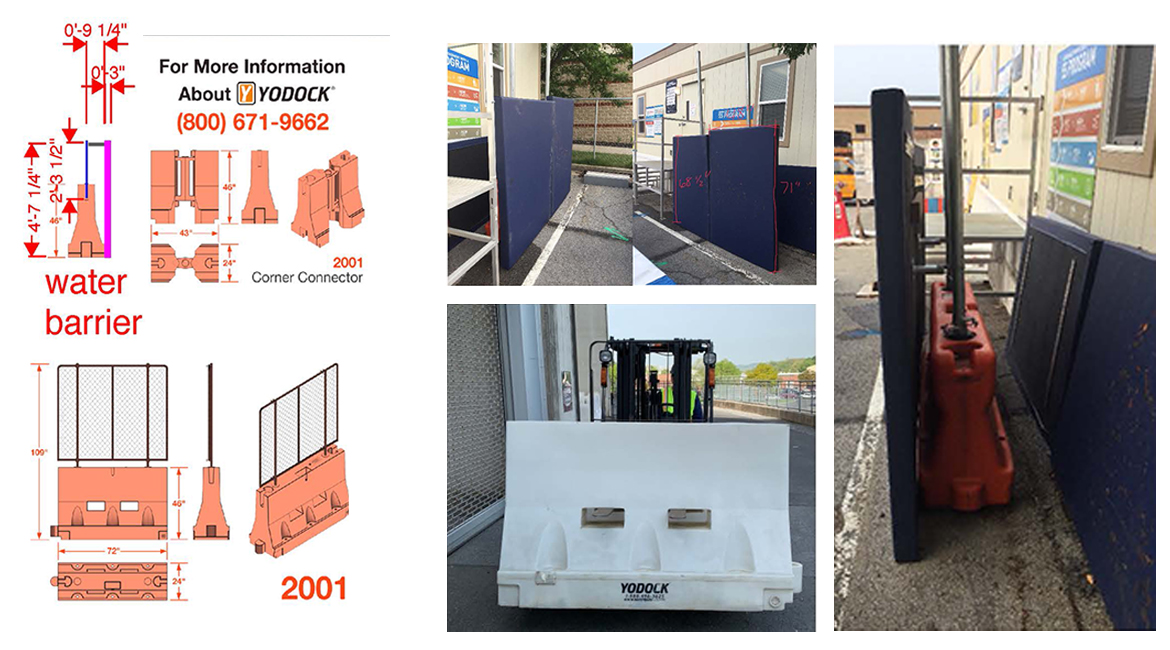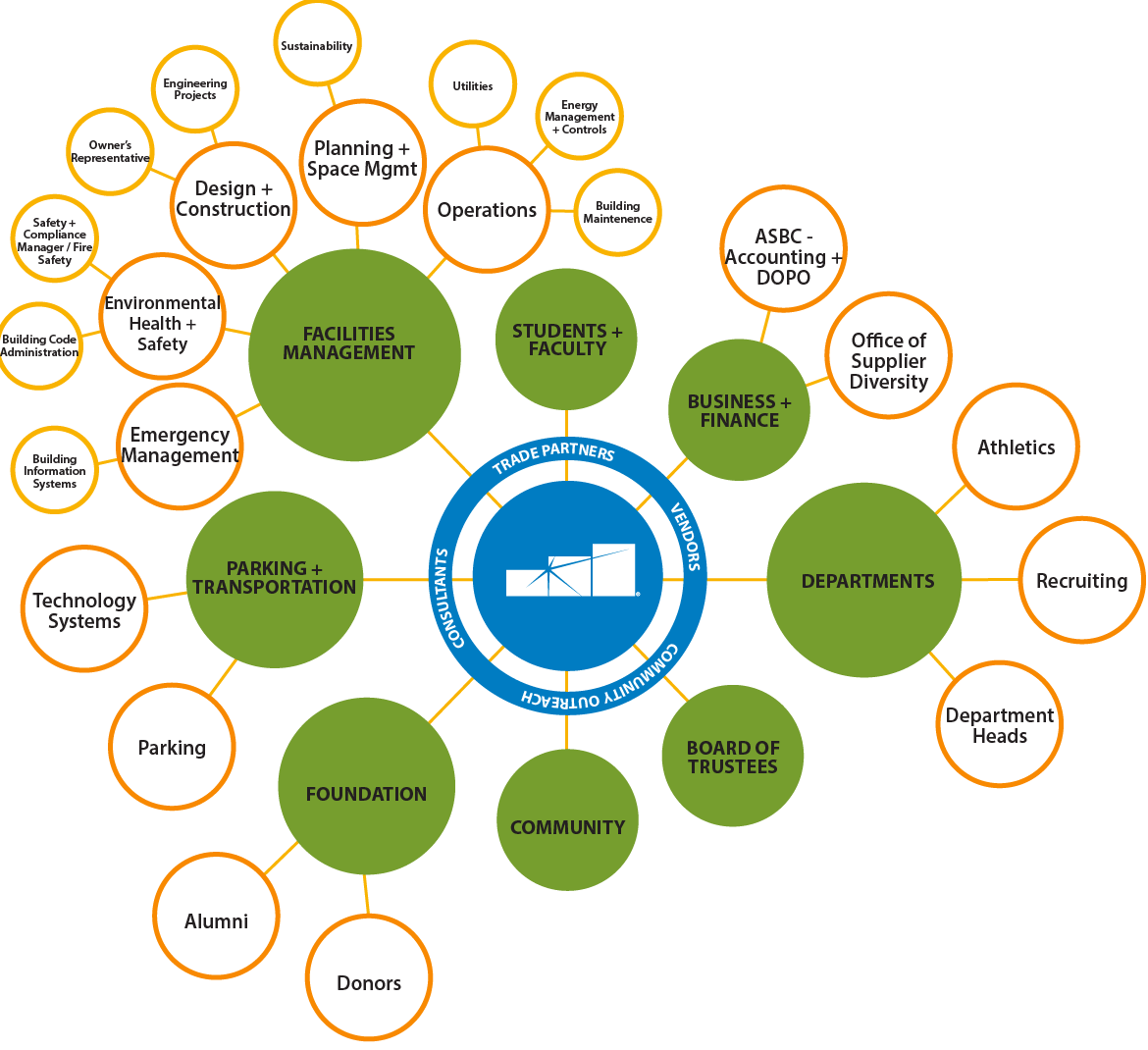
Estimated reading time: 6 minutes, 20 seconds.
Improving the campus experience with renovations and new builds is always an exciting time for a university. However, on-campus construction provides a host of challenges and considerations. Factors like student and faculty safety, construction noise and vibration interference, effects on neighboring communities and businesses, road obstructions, student experience, and recruiting must all be examined and carefully planned when preparing for campus construction. An investment in logistical and disruption avoidance planning can result in continuity of operations and revenue streams, better project outcomes, safer environments, and a more pleasant experience for stakeholders and campus audiences.
Eliminating Unknowns with Disruption Avoidance Planning
Every college is unique in its needs, layout, activities, and area available to relocate disrupted buildings. Tailoring a disruption avoidance plan to each campus’ specific needs can help alleviate much of the headache that plagues a facilities department. Clear communication, detailed contingency plans, and thorough planning are critical in avoiding some of the disruptive construction.
Bradley Halbleib, superintendent on Mortenson’s sports projects, oversees disruption avoidance for his customers. He explains that detailed disruption avoidance strategies evaluate and account for the following areas:
- Critical campus deadlines and events like recruiting, media visits, homecoming, and graduations
- Expectations around game day and event experience, campus and student life, etc.
- Emergency plans, chain of command and coordination with emergency responders
- Existing campus infrastructure, public utilities, and other unique site conditions
- Sensitivities of surrounding neighborhoods and communities, necessary quiet hours, etc.
- Construction throughout other parts of campus (by Mortenson or other companies)
- Traffic routing throughout campus and neighboring communities
- Parking lot, access, and staging area needs
- Airspace regulations (vis-a-vis tower cranes) if within proximity to university hospital helipads
- Preservation considerations for trees, landscaping, sidewalks, or other adjacent structures
Those tactics include:
- Swing spaces: Provide operational continuity, eliminate major impacts to revenue, and offer a “normal” campus environment alternative during construction
- Phased renovations: Help distribute the burden across several stages to alleviate impact on the campus community
- Creative scheduling: Allow for flexibility with scheduling based on site or campus needs, e.g., working Monday through Thursday each week, with Fridays slated for moving and site prep ahead of weekend activities
- Allowable activities: Identify times for specific work, such as louder work between certain hours to avoid disruption to student learning experience
- Routing, delivery, and site transportation of materials: Improve safety and circumvent tight site conditions
Learn more about our recent campus construction projects or reach out to discuss how our team can eliminate construction disruption on your campus.
Communication is Key
The most effective construction disruption avoidance measures are formulated long before a shovel goes into the ground. Once a disruption avoidance plan is established, consistent and clear communication is critical to its success. Impact on campus operations can be minimized through various communication tools, such as:
- Weekly check-ins and site walkthroughs: Allow all stakeholders and construction partners to review progress, identify potential issues and plan the next two to four weeks.
- Staff and departmental emails: Provide proactive updates around potential disruptions to utilities (e.g., hot water shut-offs or high vibrations happening adjacent to a sensitive laboratory).
- Signage, pipe/drape, maps, QR codes, 3D modeling, and temporary walls and structures: Help conceal unsightly areas and mitigate safety risks.
- 4D site logistics models: Communicate easy-to-visualize crane paths, road and sidewalk closures, closed-off areas, new routes, etc., to inform staff and students of access and entry points.
- Diagrams of temporary materials being used: Inform staff of anticipated site aesthetics in advance and address cleaning, painting or minor cosmetic fixes (e.g., for a high-profile public figure visit or recruiting event).
- Group texting: Internal updates to craft and subcontractors to relay critical university updates.
There are many campus personnel that need to be prioritized in planning and communication, beyond department heads and facilities. Universities often have an engineering department with their own building guidelines. If tying into an existing utility plant, MDF room, or chilled water lines, communicating with adjacent buildings and departments that use the connected services is necessary if there will be any interruptions. Custodial staff will need to understand how their maintenance schedule will be impacted and can be a great resource to understanding the operational needs of a building.
In addition to student, staff and faculty, there are other key stakeholders that must be kept informed of campus construction updates. Blair McNeil, market director for Mortenson’s Minneapolis office, describes the varied audiences and necessary communications. "While the university has many internal audiences and stakeholders that need regular updates, it’s also often necessary to communicate with other authorities like city or university inspectors, utility or transportation departments, and other campus contractors. Site visits with fire marshals and inspectors are common as well, and ensure construction is progressing safely for all campus audiences.”
Another effective tool is publishing monthly project newsletters via university channels already frequented by faculty, students, and guests. These are distributed to the university and even neighboring communities, and typically include project updates, upcoming milestones, planned disruptions, and contact information. It’s also common for construction managers to attend university and community meetings to provide real-time project updates, encourage dialogue, and address concerns from community members.
Flexibility Goes a Long Way
A good plan and solid communication are nothing without ongoing monitoring and the ability to adapt to new circumstances. It’s inevitable that surprises will happen, so identifying situations early and having the flexibility to react is extremely important.
For example, if a campus has rules about construction noise and vibration or has become too disruptive, special mitigation measures can be implemented. Sound meters can be used to monitor the output, sites can implement designated quiet construction times, and sound walls can be constructed for distortion and muffling. It’s not uncommon for sites to pivot during construction to address these concerns.
In the case of public events, construction spaces can remain flexible to accommodate temporary pedestrian and vehicle traffic, like shifting fences so fans and emergency vehicles can get through.
“We design our plans with sufficient time to make adjustments. We seek feedback from the customer and their individual departments about what works best to minimize their operational impacts,” Blair explains. “This might take a while to get in front of the right people but being thorough ultimately provides the best on-campus construction site experience.”
Diligent monitoring and flexibility can also allow for early access to spaces in special circumstances. For instance, by simply redirecting equipment and roadways to other areas, Mortenson was able to provide the University of Minnesota with access to all three of the buildings in its Athletes Village two weeks ahead of the agreed upon substantial completion date, allowing staff to move in right after winter break.
Nothing Beats Experience
Our team has extensive experience building on campuses across the country and is well-versed in collaborative strategies with university stakeholders. Our disruption avoidance plans keep campus facilities fully operational and safe during the construction process, and our continual and regular communications highlight weekly plans and status updates throughout the project lifecycle. Ongoing monitoring and the ability to adapt to unique circumstances ensures optimum outcomes for all campus audiences.
DID YOU KNOW?
Universities also play a role in minimizing campus disruption. For more information on best practices, read our article on university responsibilities for disruption avoidance.


